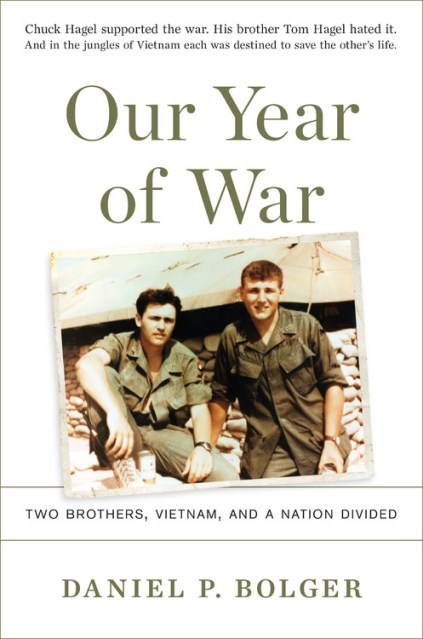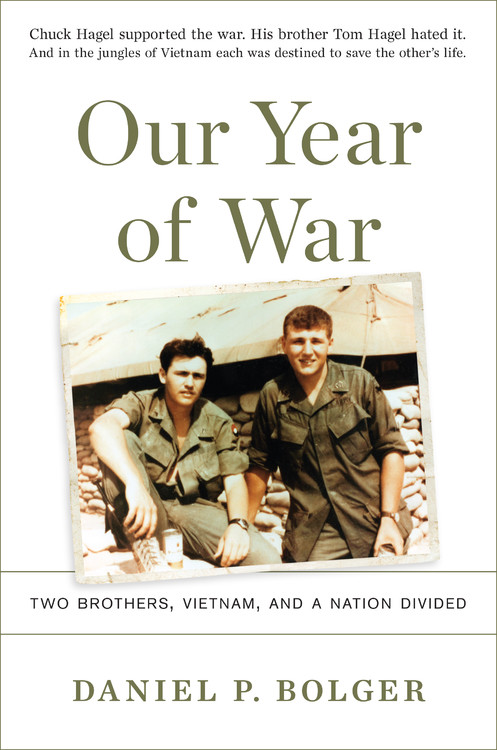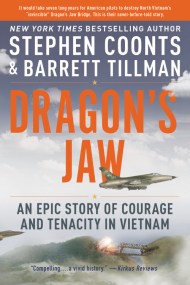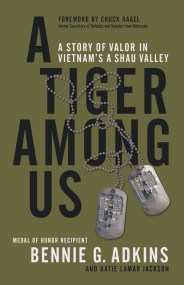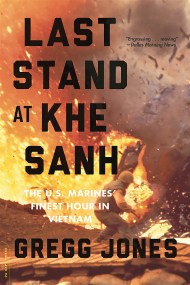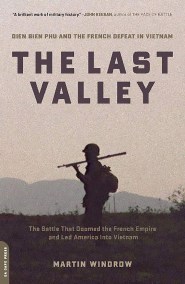Promotion
Use code MOM24 for 20% off site wide + free shipping over $45
Our Year of War
Two Brothers, Vietnam, and a Nation Divided
Contributors
Formats and Prices
Price
$28.00Price
$36.50 CADFormat
Format:
- Hardcover $28.00 $36.50 CAD
- ebook $16.99 $20.99 CAD
- Audiobook Download (Unabridged)
This item is a preorder. Your payment method will be charged immediately, and the product is expected to ship on or around November 7, 2017. This date is subject to change due to shipping delays beyond our control.
Also available from:
1968. America was divided. Flag-draped caskets came home by the thousands. Riots ravaged our cities. Assassins shot our political leaders. Black fought white, young fought old, fathers fought sons. And it was the year that two brothers from Nebraska went to war.
In Vietnam, Chuck and Tom Hagel served side by side in the same rifle platoon. Together they fought in the Mekong Delta, battled snipers in Saigon, chased the enemy through the jungle, and each saved the other’s life under fire. But when their one-year tour was over, these two brothers came home side-by-side but no longer in step — one supporting the war, the other hating it.
Former Secretary of Defense Chuck Hagel and his brother Tom epitomized the best, and withstood the worst, of the most tumultuous, shocking, and consequential year in the last half-century. Following the brothers’ paths from the prairie heartland through a war on the far side of the world and back to a divided America, Our Year of War tells the story of two brothers at war — a gritty, poignant, and resonant story of a family and a nation divided yet still united.
Genre:
- On Sale
- Nov 7, 2017
- Page Count
- 368 pages
- Publisher
- Da Capo Press
- ISBN-13
- 9780306903267
Newsletter Signup
By clicking ‘Sign Up,’ I acknowledge that I have read and agree to Hachette Book Group’s Privacy Policy and Terms of Use
